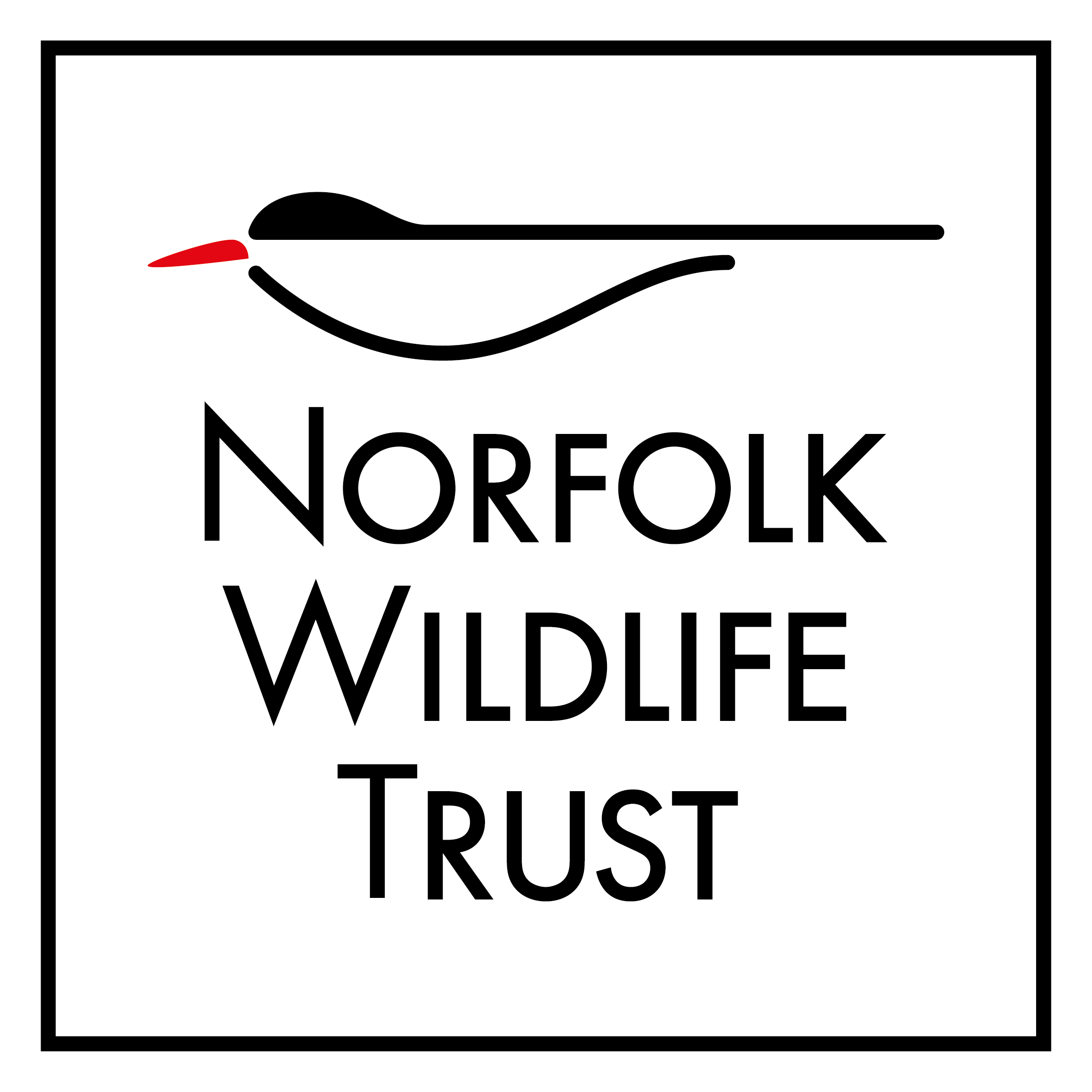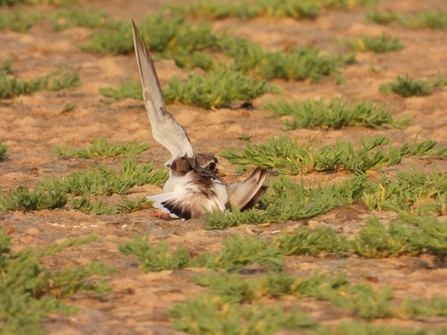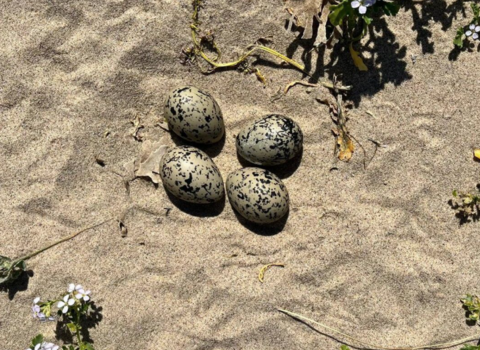Our county’s wonderful stretches of wide, open beaches are, understandably, a great draw in summer for both visitors and locals. North Norfolk’s Area of Outstanding Natural Beauty designation is not only for its delightful views, but the incredible wildlife too. However, the popularity of our beaches, including those classified as nature reserves, places increasing pressure on them.
Three species of Norfolk beach-nesting birds, the ringed plover, oystercatcher and little tern are at risk from increased disturbance, and their vulnerability has led to a gradual decline in their populations. Hundreds of years ago, when our coastal beaches were vast lonely places, they were a sensible and safe place to nest. The modern world means that these birds now face numerous challenges when attempting to raise a family. General human disturbance can prevent them settling, and accidental damage, by an unsuspecting foot on their well-camouflaged eggs, is sadly a likely possibility.






